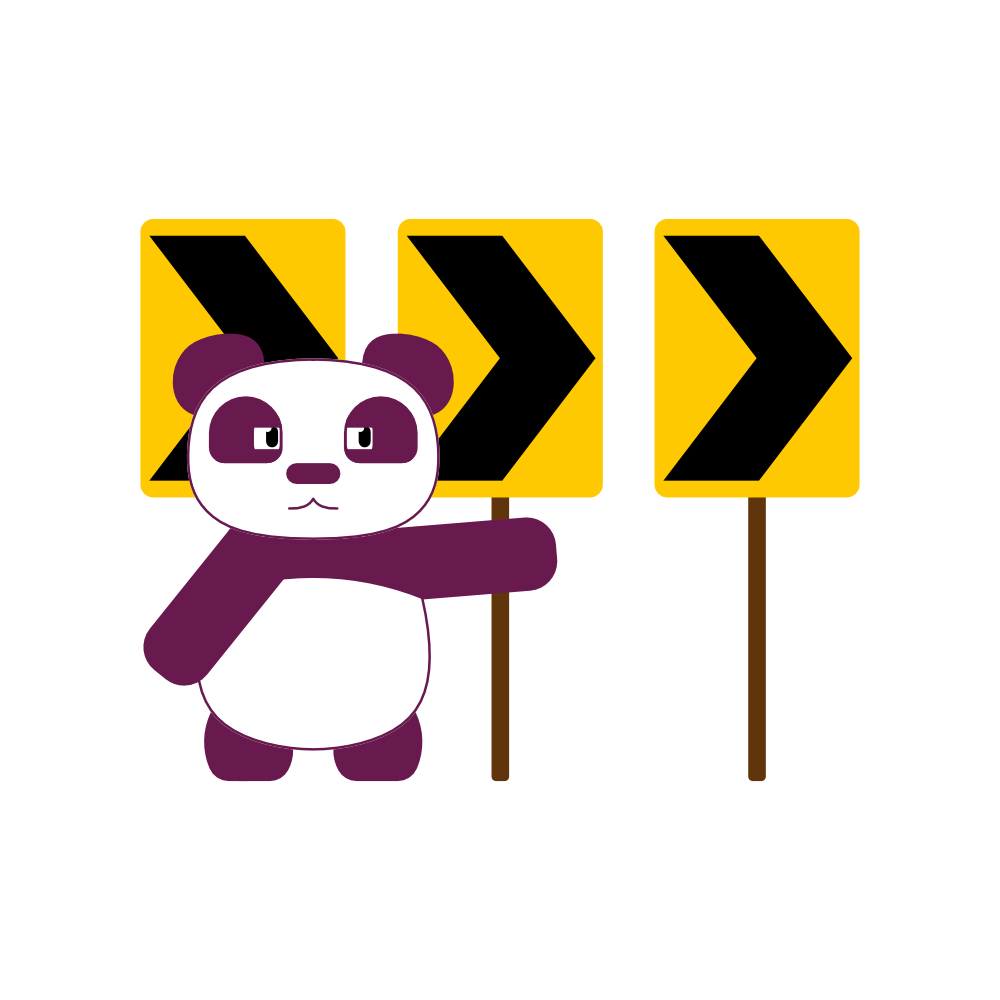
May 4, 2024
Product Principles & Strategies
A series of principles and strategies that I have found to work well when building product. Whether in the discovery phase or implementation phase they can help teams build the best experiences.

Users First
Your users are not your designers, the more popular your product the more thoughts and comments you’ll receive. The more the merrier unless they’re bug reports. Use all the feedback as an opportunity to understand your user’s needs. Stay true to the vision. Solve the problem – don’t just build the feature.

Start with the Problem
Before jumping into a solution understand the user needs. Understand the pain they are experiencing and decide on the problem you want to solve.

Direction with Purpose
Daily work can be filled with seemly disparate tasks. Remind the team of the purpose and long term goals. Having a product vision can help make this easier and clearer.

Everyday is Cross-functional
Teams should be made of up of folks of many different disciplines, design, product and engineering working hand in hand. Cross-functional teams create a natural push and pull creating the greatest results.

Be Candid and Kind
Build with transparency and care. Offer feedback compassionately but with excellence in mind, and receive it openly and as an opportunity to grow.

Keep it Simple
Start simple, allowing the team to solve and validate a core problem and value proposition. Complexity is a distraction and holds us back.

Clarity is Key
Clarity is important both in the product and across the team. Create alignment by providing clarity and context, connecting plans and decisions back to business strategy.

Prioritize Aggressively
Stay focused, there will always be more to do then time in the day. Attention should be given to initiatives with high return on investment.

Opinionated Software
Software should be opinionated. It's the only way software can excel at the task at hand. Flexible software lets everyone invent their own workflows, which can create chaos as the user group scales. And distracts the team from the product vision.